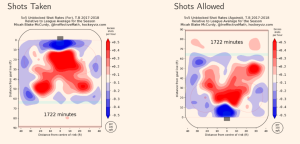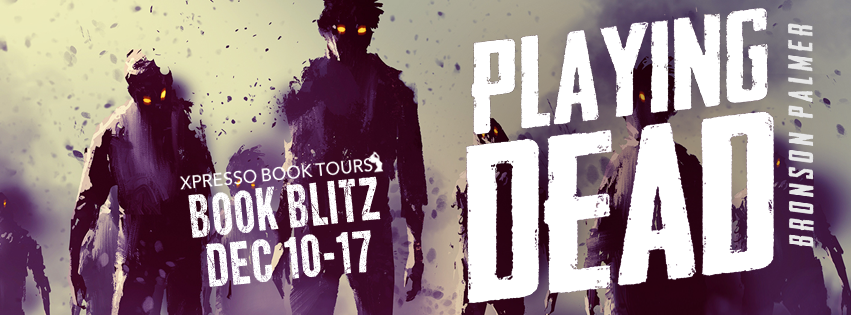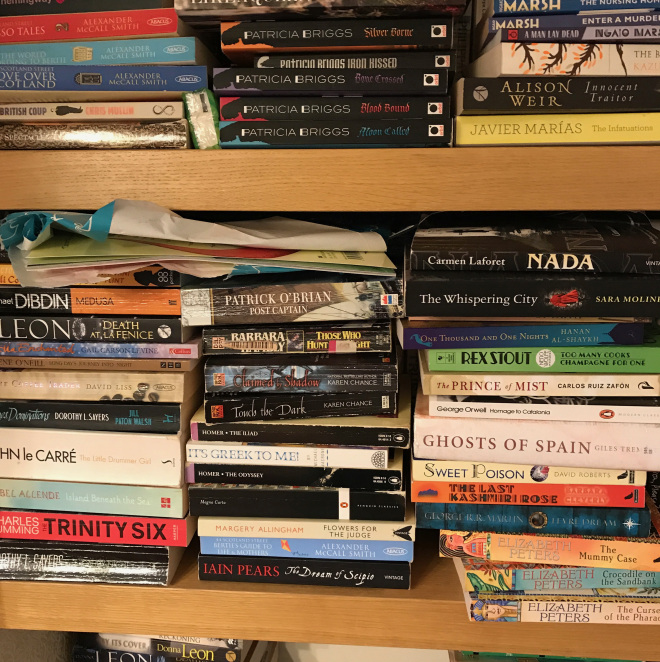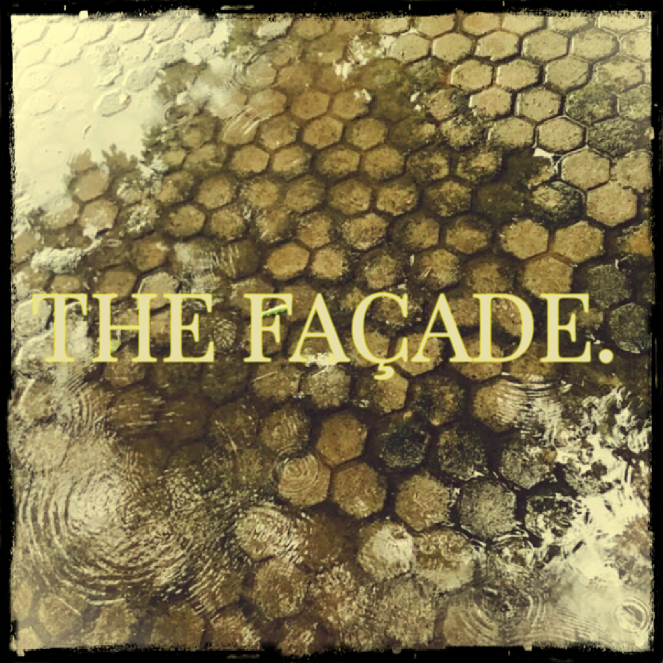The common narrative heading into this season with the Flames was a lack of quality goaltending being their Achilles’ heel. After acquiring Brian Elliott from the St. Louis Blues, they brought their goals against average to 14th best in the league, yet found themselves on the brink of a playoff birth still, instead of a solid contender as the roster might otherwise imply.
With the offseason addition of Mike Smith, the Flames certainly haven’t found themselves a Vezina caliber tendie, but have fortified their last line of defense. They’ve still struggled on the goals end, allowing the 17th best goals against rate, even with another addition of Travis Hamonic on an already stacked blue line, that boasted Mark Giordano, TJ Brodie, and Dougie Hamilton before.
But deeper than the goals allowed issue is more perplexing, as their offense is the 23rd ranked team, dropping from 16th in 2016-17, after adding Jaromir Jagr to a talented offense (at least in the top 6). It’s hard to imagine why a team with the forward strength of Johnny Gaudreau, Sean Monahan, Matthew Tkachuk, Mikael Backlund, and Sam Bennett is having the struggles they are to put pucks in the net, and it’s an issue that runs even deeper when we see their possession numbers.
I’ve written before, in one of my other very few pieces, that they have perhaps the best second line in the league, one that consistently takes defensive zone draws and tilts the ice towards the offensive zone at an incredible rate. Their shot rates and danger shot amounts have them at the second best expected goal rate via Moneypuck, at 54.03% behind only the world beating Tampa Bay Lightning, the sixth best shots for percentage, and at number four on Moneypuck’s power ranking (a proprietary measurement that is fantastically accurate, and its validity is left as an exercise for the astute reader). The only measurement that has them outside of the playoffs is unfortunately the only one that counts, their record, which puts them one spot and three points out of the eight seed in the West, behind the Minnesota Wild (though the Flames do have a game in hand).
Below is a screenshot shamelessly stolen from hockeyviz, where they take shots vs where they allow them, and the results look pretty, pretty, pretty good:

They get pucks in deep, shoot from up close, and don’t allow many high danger shots at all. For some comparison, look at the consensus worst team in the league Arizona Coyotes’ heatmap:

Much better! But perhaps it is an obvious claim to make that the Flames’ talent would perform better than the Yotes’, so compare it with the consensus best team in the Bolts:

The Flames still stack up well! They don’t do quite as good a job directly in front of the crease on defense, but their overall home play defense is better, and offensively they have more red in the high danger areas as well! (This can also be partially explained by the Lightning boasting some excellent shots from Steven Stamkos and Nikita Kucherov that the Flames don’t have, but they hold their own).
So it’s not a hot take to say this offense should be rolling, and the defense is excellent as well. But here we are, with a team that still has a negative six goal differential despite the awesome peripheral stats. They’ve taken 1219 shots this year but have a shooting percentage at 8.43%, which is slightly below average. For a talented team, if we saw them up this to, say, 9.2, where the Wild and Ducks are around, they would have 112 goals, and increase of 11 that would give them a handful more wins, enough to solidify themselves in the playoff hunt. So why is the shooting percentage so low for a team with such dangerous shots, as well as such a high amount?
We look at career averages on shot percentage, and we see marks in line with this season and career before from Gaudreau, Tkachuk, Backlund, Monahan is actually a little above,and Michael Ferland is way above. Sam Bennett is below career average, but it’s hard to imagine a third liner being the sole reason for their underachievement.
The Flames need finishing power bad, as is the sole conclusion left. There’s some talk that the second defensive pairing needs more shots, but as we can see the quality isn’t bad. Some regression should come if they maintain their current play, which in this case is a good thing. The top 6 is pretty set in stone, although a broken jaw for Mikael Frolik will cause some shuffling in the second line. Perhaps a shuffle will cause the shots to start squeaking through, but it appears the issue is deeper.
So what’s left to do? The Flames could stay the course and bank on their high danger shots finding twine at a better rate, which is certainly something that will happen. However, it may only be enough to push them to a bubble team making playoffs instead of missing. They look to be buyers at the deadline, and there is certainly some talent that could be up for grabs. Before the emergence of Vegas as not only a good team but a Cup contender, James Neal was thought to be available, however now he’s clearly off the table. They could try and pry Matt Duchene from the Senators after a few month long saga brought him to Ottawa, however that would cost a pretty penny and the perpetually snakebitten Duchene would seemingly only add to their woes instead of fixing them. An interesting piece is Evander Kane on the Sabres, as Buffalo’s rebuild is still somehow underway. Kane has scoring talent but has struggled to keep a good off ice image, scaring some teams off. Another possibility is James van Riemsdyk of the Maple Leafs. Although the Leafs look to be buyers, JVR has an expiring contract that will take up space they need for their younger (and quite frankly better) stars, and he could fit the Flames perfectly. Not a defensive wizard, he made his name and money by potting goals either from the doorstep or creating some space. Thomas Vanek could also be had for cheap, but Vanek has a pretty well reported lack of effort that could ruin a team’s interest.
With so many surprise teams in the hunt, and so many expected contenders on the outside, the Flames are going to struggle to find a suitable trade partner to find scoring help. JVR would be the first option and Kane wouldn’t be a bad consolation, and if management really believes in this team then one of the two should be targeted. The Flames will have some good regression come their way, and if they can add some help for potting the pucks that are set up so well by their abundance of playmakers, then they should be considered as one of the scarier teams in the West (although it still seems the conference is the Predators’ to lose).
Advertisements Share this:- Uncategorized





